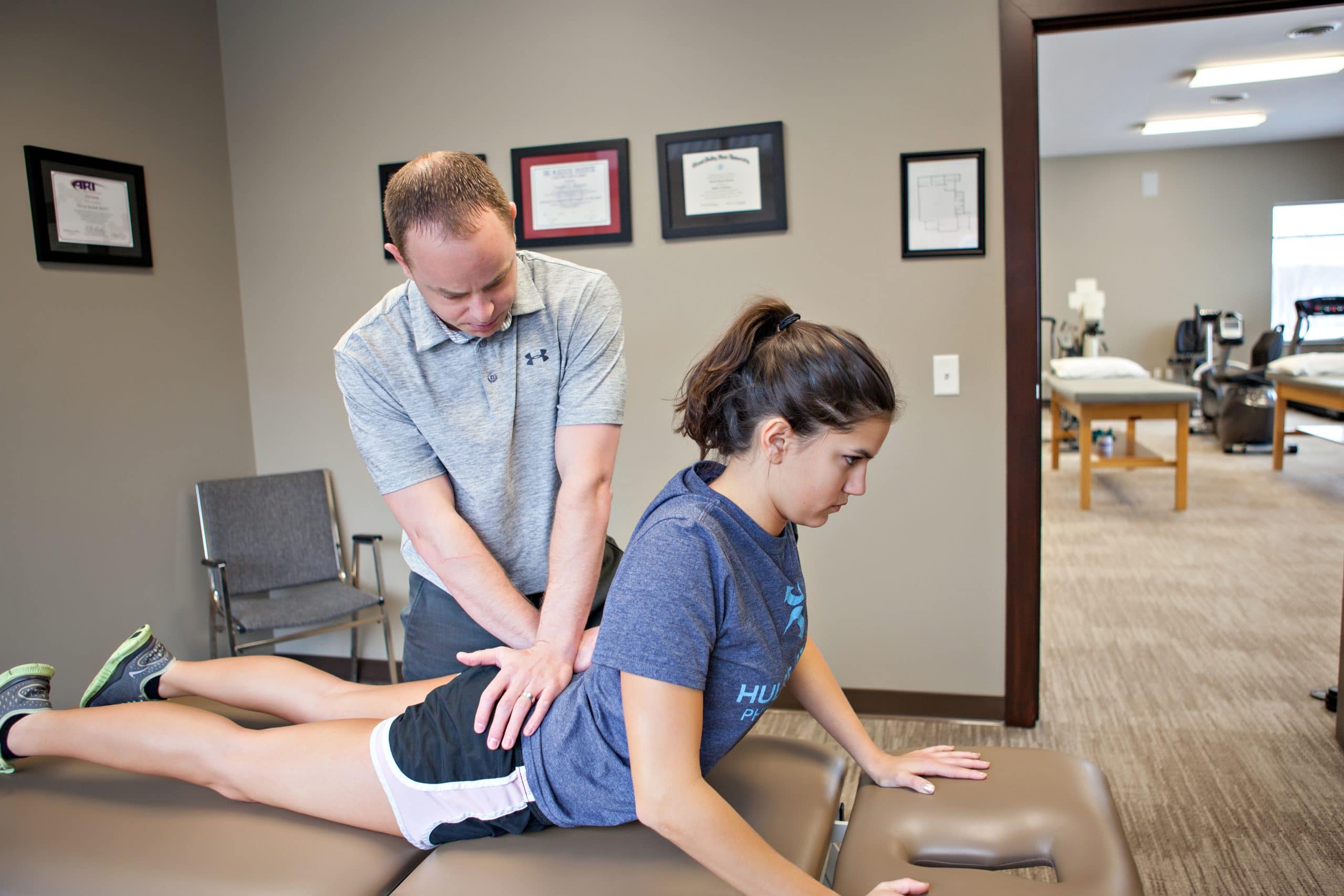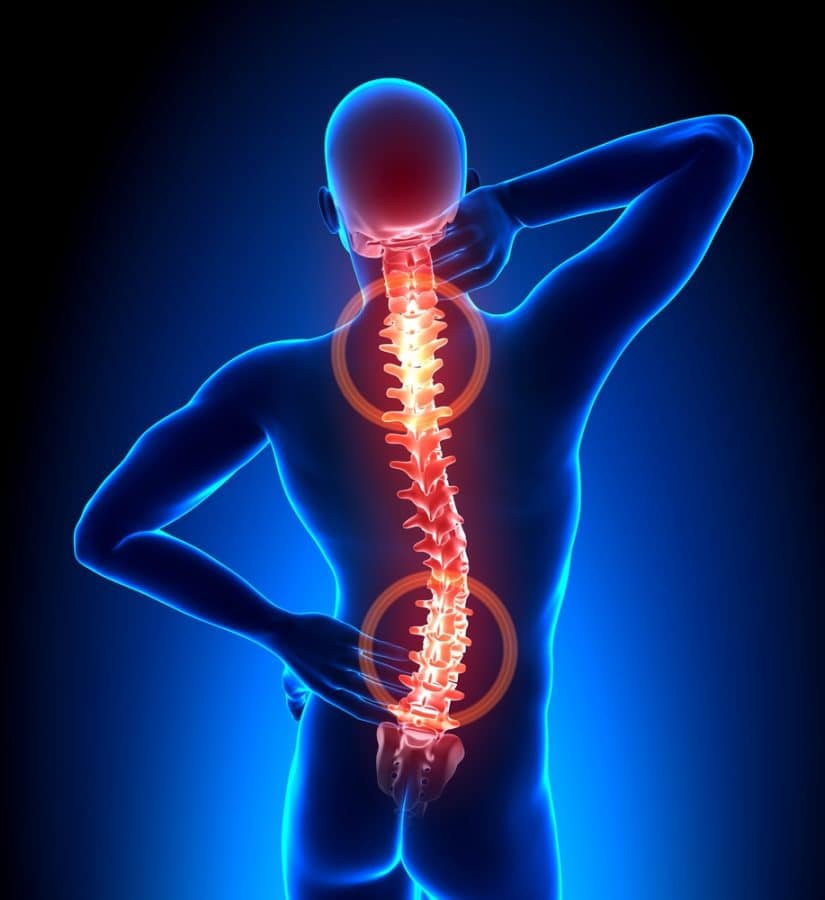4 Stages to Relieving Your Low Back Pain
Do you or someone you know have back or neck pain? One of our McKenzie trained physical therapists can help! The McKenzie Method of Mechanical Diagnosis and Therapy (MDT) is a systematic approach to classifying and treating syndromes of the spine.
The most common cause of neck and back pain falls under the McKenzie classification of a derangement. A derangement is a disturbance in the normal resting position of the affected joint. Derangements are often characterized by variability of symptoms, limitations in movement of the spine, and rapid changes in pain and movement with the proper treatment approach. Individuals with a derangement of the spine will often have a directional preference, which is a specific direction or force that when applied to the spine results in decreased symptoms and improved overall movement.
Pain coming from the neck or back is not always localized to the spine. Sometimes individuals with a derangement will have pain radiating away from the source of the irritation. If the neck is the problem, symptoms including pain, numbness, and/or tingling can radiate into the shoulder, scapula, and down the arm. For low back issues, the symptoms can radiate down to the buttock, thigh, and lower leg. One phenomenon seen with derangements is called centralization. Centralization occurs when the proper force is applied to the spine which causes the pain furthest from the spine to be eliminated. There is good research evidence that if centralization of your pain occurs, the outcomes from physical therapy will likely be very good.
There are four stages of treatment of a derangement. The first stage is the reduction phase. Your McKenzie trained therapist will use your responses from the thorough history and the findings of the examination to search for the proper way to move the spine to make you feel and move better. Our trained staff will use repeated motions and sustained postures to identify the most efficient and effective way to eliminate your pain and restore full, pain-free motion.

The second stage of treatment is the maintenance phase. Your McKenzie therapist will focus on providing education that will allow you to maintain the gains that you experience in the office. One component is regularly performing the exercise that is found to improve comfort and motion. The physical therapist will also educate you about proper posture and ergonomics. Our staff will provide you with easy and effective ways to maintain good posture throughout your day to keep you feeling as good as possible. You will also receive education on avoiding certain activities or positions that will potentially aggravate your symptoms.
The next stage of treatment is the recovery of function phase. Once you are feeling and functioning better, your McKenzie trained therapist will reassess all movement patterns and make sure that full motion in all directions has been achieved. The physical therapist will reintroduce movements which were initially avoided to help you regain confidence with all movements and activities.
The final stage of treatment is the prevention of recurrence. Your McKenzie trained therapist will provide advice for proper spine care for the future. You will be instructed on how to continue to keep yourself moving well and feeling good. Education will be provided on the warning signs of recurrence of your neck or back issue and strategies for you to self-manage the symptoms before they worsen will be provided. You will also be educated on the importance of continued good posture to maintain a happy and healthy spine.
Contact any of our Hulst Jepsen Physical Therapy offices for more information on how one of our McKenzie trained physical therapists can help you!

